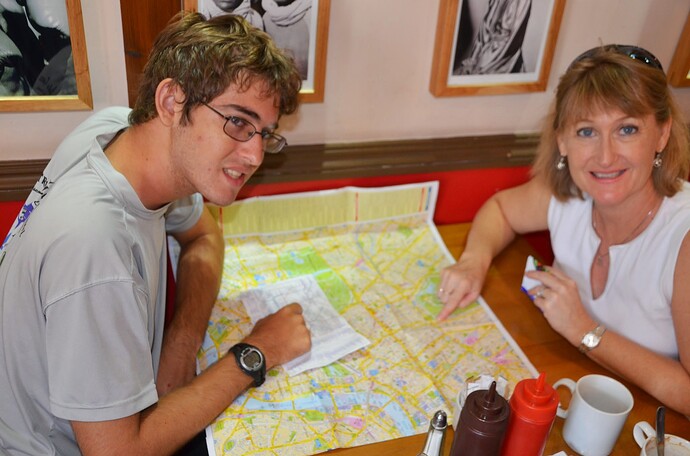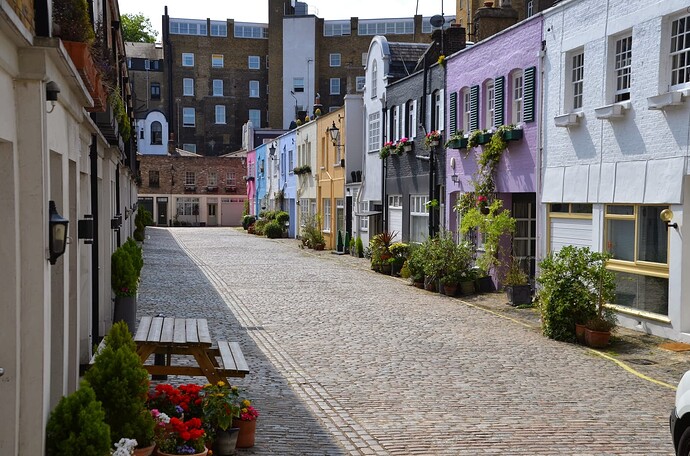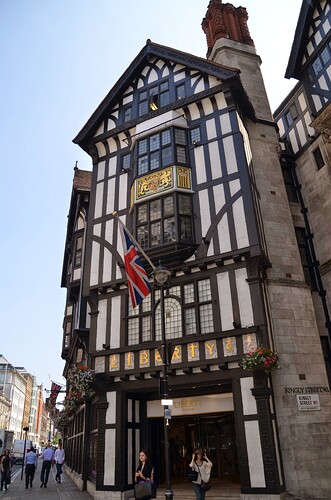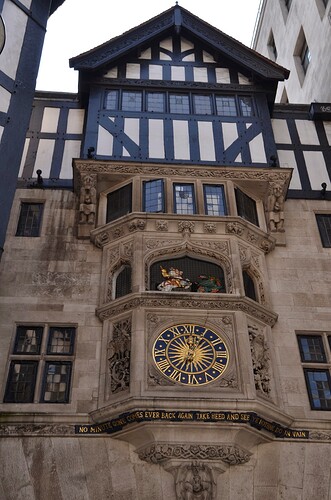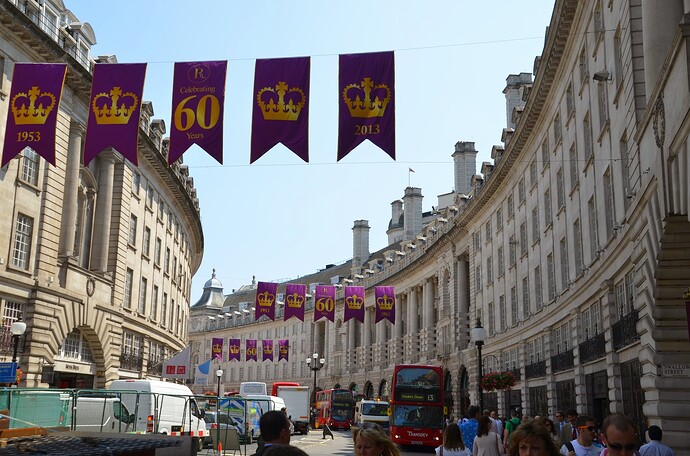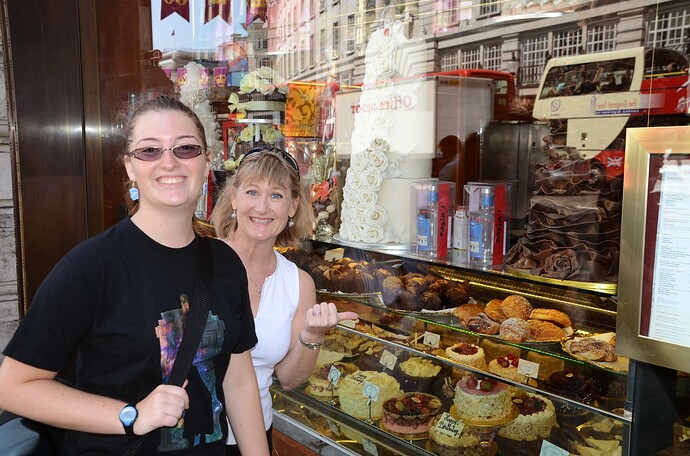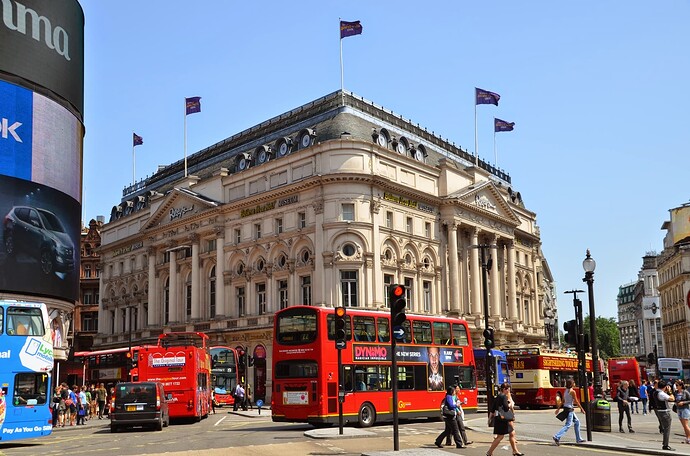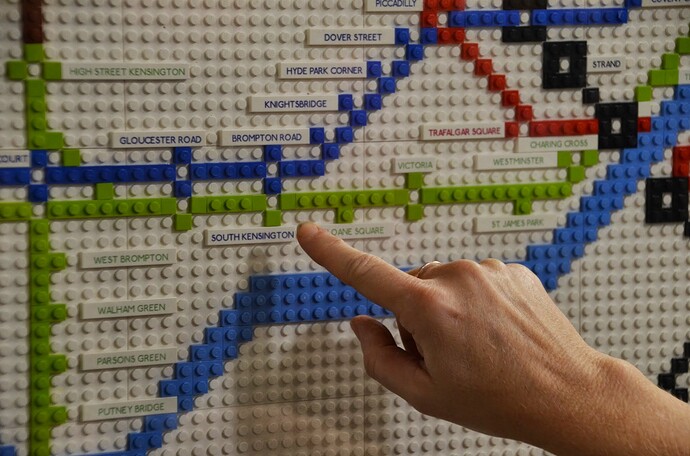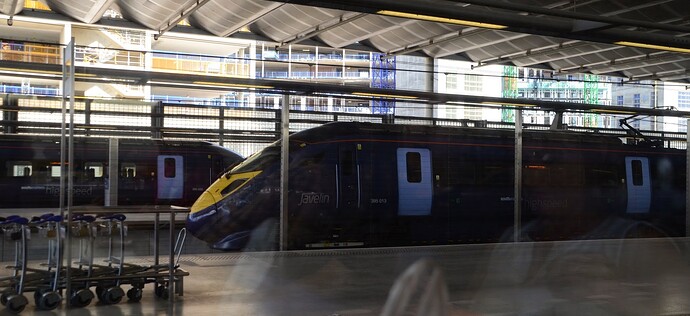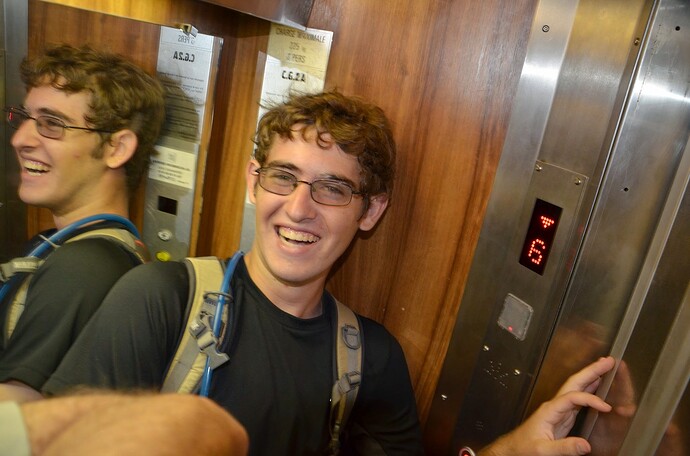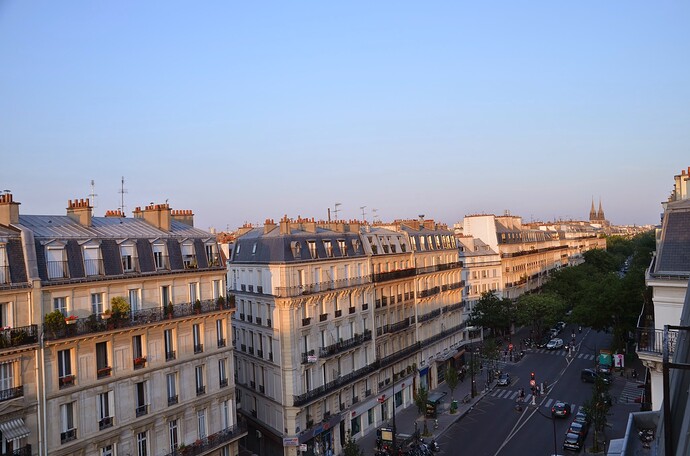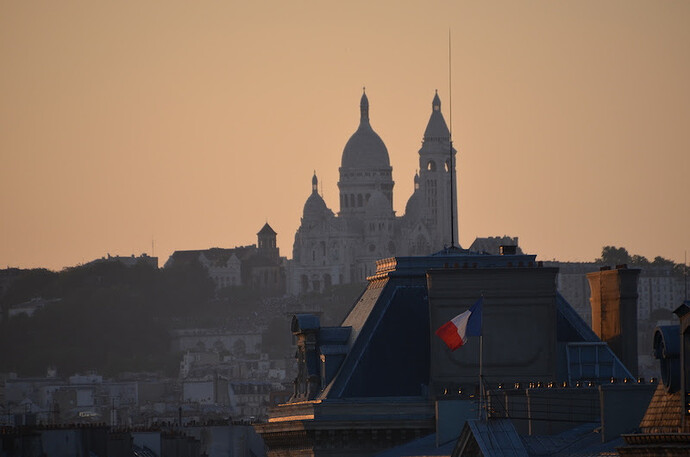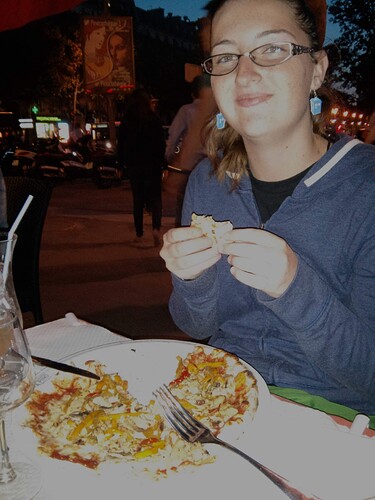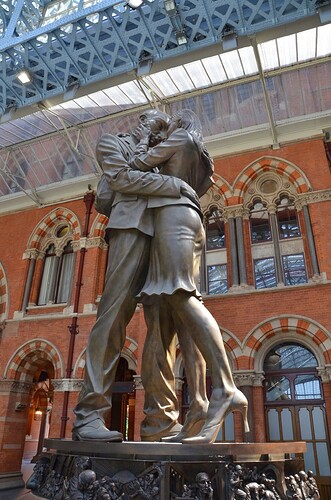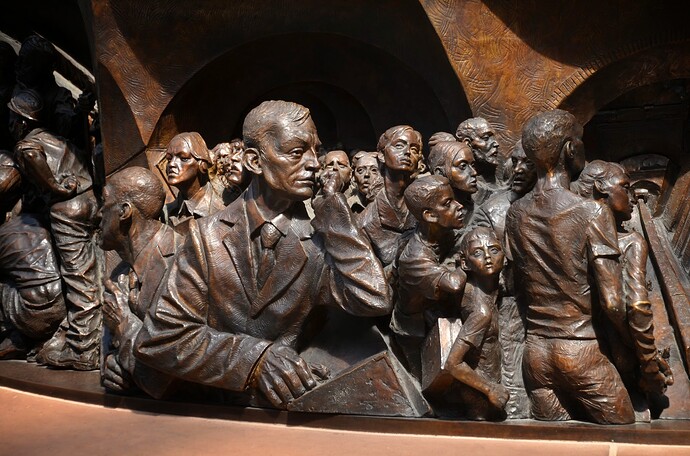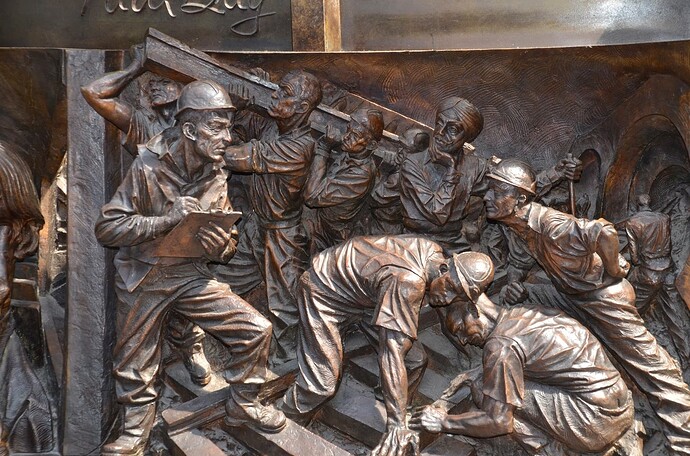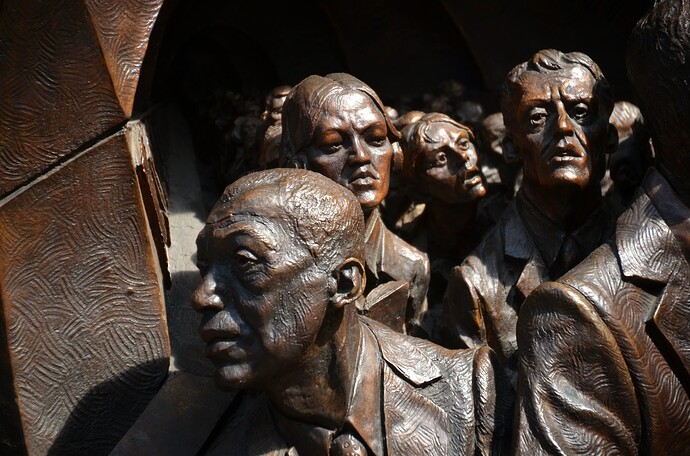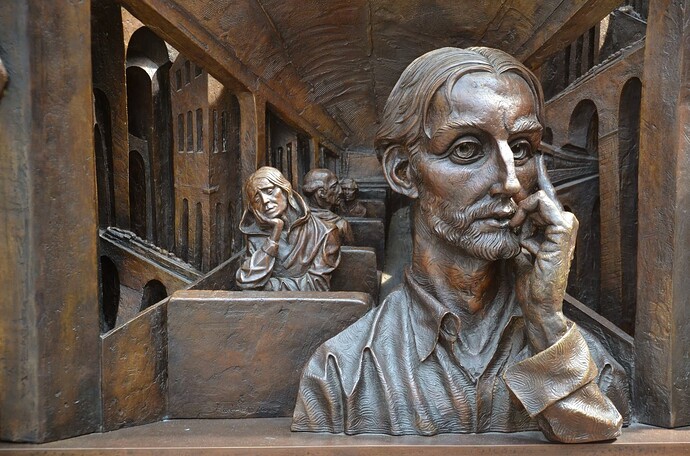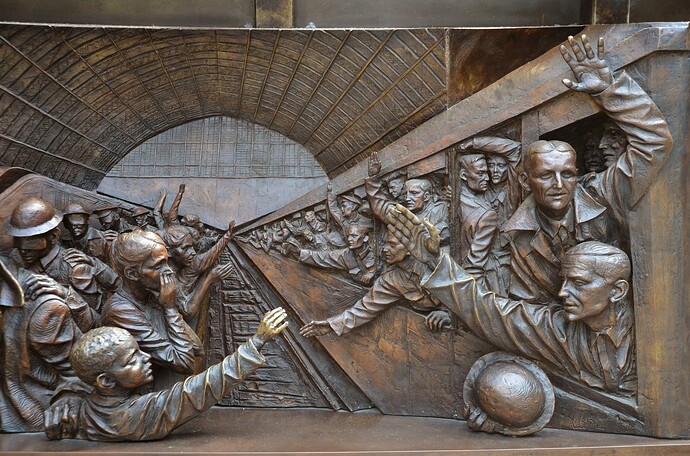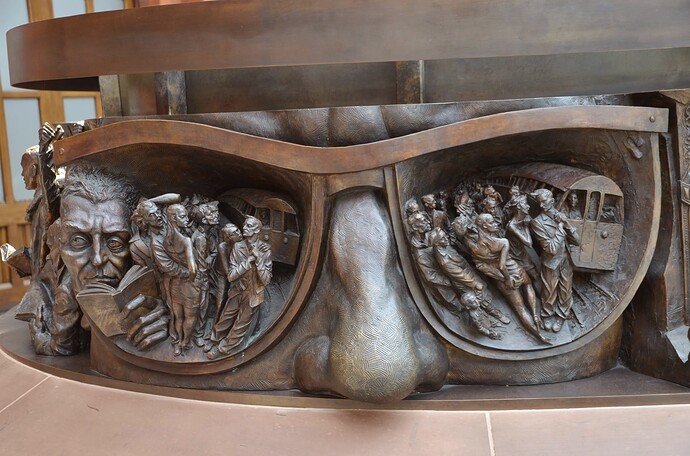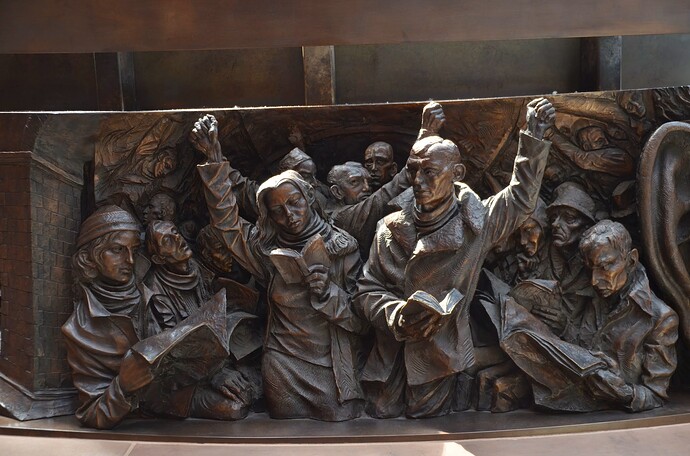We started our day with breakfast at a roadside eatery near Paddington Station. The proprietor kindly invited us in from the sidewalk. The interior was adorned with pictures of Hollywood movie stars.
We attempted to visit an old toy factory, but unfortunately, our map was outdated. The building had been converted into residential housing. We then visited Piccadilly Circus and Handel’s Church, where Handel composed the Messiah.
Next, we took the Eurostar through the Channel Tunnel to France. We had some difficulties purchasing metro tickets and unfortunately got scammed. Eventually, we bought a few books of one-way tickets, a practice we continued throughout our stay in Paris.
Emerging from the subway, we found ourselves in a bustling Place de la République, where a concert was taking place. We checked into our hotel and had dinner at a charming French pizzeria with a view of the concert. We observed cars racing off at the street light in front of us, and motorcycles pulling up onto the sidewalk to skip the light.
We spent the night at the Voltaire République hotel. Our room was on the 6th floor, accessible by a tiny elevator that could only accommodate two people at a time. Despite the strange, narrow shower, the room offered an amazing view from two balconies, one of which was in the bathroom. We ended the day watching news of a major train wreck just south of Paris on TV.
We started our day with a bit of coffee and planning. We would explore London a bit more before taking the Chunnel to France.
The colors are called mews. “Mews” is a term used in England, primarily in London, to refer to a row or street of houses or apartments that were originally built as stables with carriage houses below and living quarters above. These were often set around a paved yard or court, or along a street behind large city houses, such as those of London, during the 17th and 18th centuries.
This location is Conduit Mews, Tyburnia, London.
This is Liberty London, a luxery department store, the first of which opened in 1875.
The city was all decked out celebrating the 60th year of the Queen’s reign. This is Regent street, London.
Food equals art, what else can you say?
Piccadilly Circus is a famous public space in London’s West End. The name “Piccadilly” originates from a 17th-century frilled collar named piccadill. A tailor who became rich making piccadills lived in the area, and the street was named after his successful product.
The term “Circus” refers to the roundabout around which the traffic circulates. It’s derived from the Latin word meaning “circle”. This term was commonly used in the design of major traffic intersections in the 19th century. So, “Piccadilly Circus” essentially means “the roundabout of Piccadilly”.
However, it’s worth noting that today Piccadilly Circus is not a complete circle, but a semi-circular junction due to changes in the road layout. It’s known for its iconic neon advertising signs and the Shaftesbury Memorial Fountain, and it’s a popular spot for tourists and locals alike.
Gotta love the Lego Tube Map!
Paris!
The Chunnel train from London to Paris
The elevator at our hotel had room for two people without luggage, one person with luggage, or two people if they stuff the luggage in around their legs!
The view from our hotel room, we made it!
Yes! Pizza in Paris!
And finally, an amazing collection from Paul Day
The Meeting Place, a 30 foot, 20 ton bronze sculpture was made by Paul Day. It sits on the upper level of the St. Pancras railway station.
The remaining pictures are reliefs by Paul Day.

